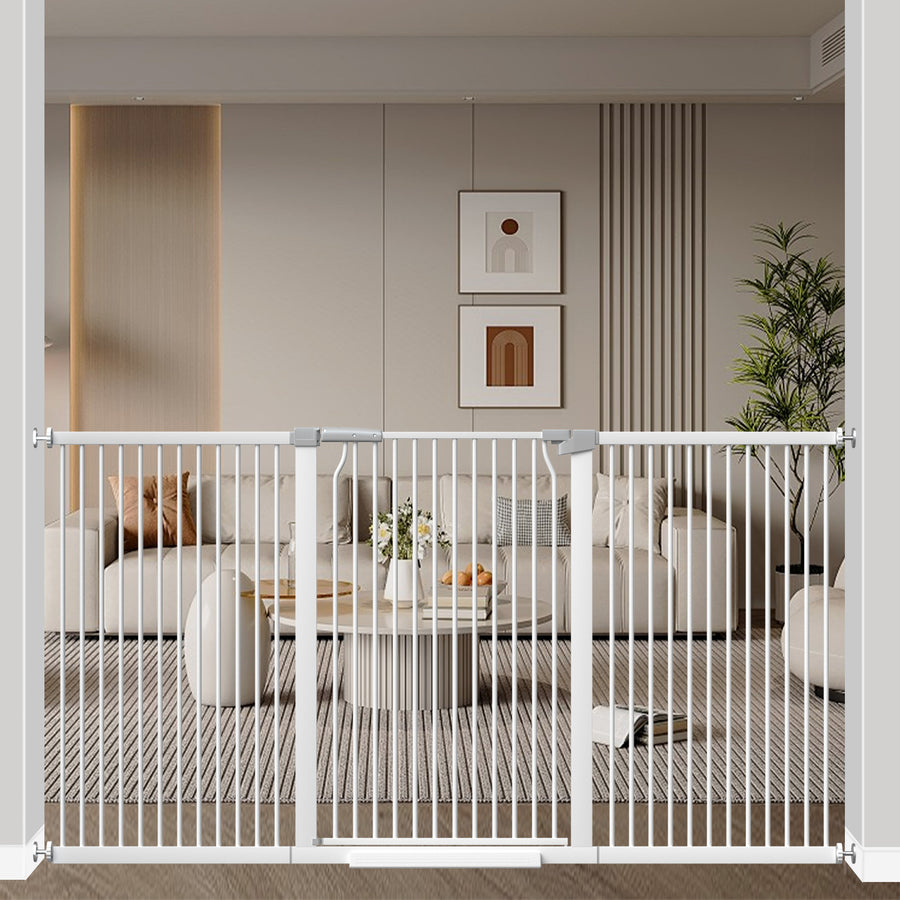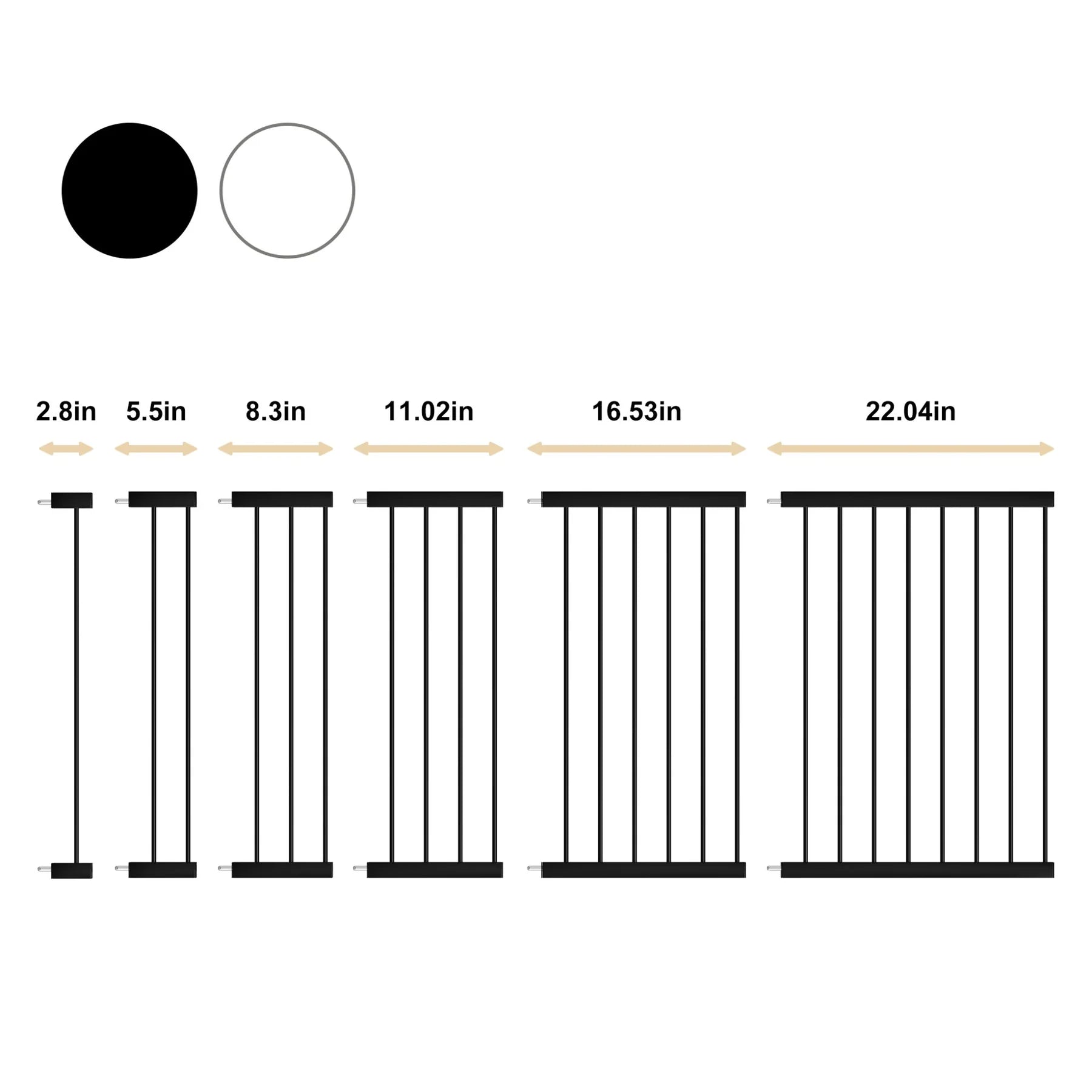How to Fix Cat Scratches on Leather Furniture
If you have a cat and leather furniture, you might face the challenge of scratches. But there's hope for your pricey couch or chair even if it's become your cat's favorite scratching spot. We've consulted with furniture specialists to learn the best ways to fix cat scratches on leather items like chairs and sofas.
When it comes to mending leather furniture with cat scratches, you might wonder if it's a task you can handle on your own. Expert suggests that it's often best to rely on professionals. The reason? Leather repair is intricate and demanding.
The hardest parts of the process involve sanding and color-matching. Over-sanding can ruin the leather, and finding the perfect color match is tricky. Factors like sunlight and moisture can alter the color of leather over time, making it hard to replicate exactly. The leather type matters too; for instance, aniline leather is dyed, complicating the repair and recoloring process.
Professional leather repair can be costly. We estimate that fixing a single cat scratch on a leather sofa may start at around $100, with more elaborate repairs running into the thousands. Remember, quality leather repair is almost like an art, so it's wise to seek recommendations or check out reviews on Yelp or Google.
However, if you're adept at DIY and eager to tackle the scratch yourself, there are tips available for you to try.
Cats exhibit behaviors that can result in different types of scratches on leather sofas, each needing a specific repair approach. There are mainly two kinds of scratches:
- Kneading: This is when your cat contentedly pushes and pulls their front paws against the sofa. It's a cute behavior, often called "making biscuits," but it leaves small scratches and tears in the leather's finish.
- Swiping: When a cat runs or swipes their claws over leather, it can cause a more noticeable long slash, rip, or scuff.
Regardless of whether your cat is kneading or swiping, these actions can permanently mark the leather. The repair process typically involves sanding and recoloring the affected area. Unfortunately, there's no quick and easy solution to completely restore the furniture to its original state.
How to Repair Cat Scratches From Kneading
To fix the small scratches and pilling caused by your cat's kneading on your leather sofa, follow these steps:
- Gather Supplies: You'll need leather cleaner, scissors, a sponge, a paintbrush, leather binding glue, sandpaper, leather putty, liquid leather colorant, leather color spray, leather sealant, and leather finish.
- Clean the Scratched Area: Use a leather-specific cleaning product to remove any dirt or grime from the damaged area. You can get recommendations for good brands from professional leather care services.
- Trim Loose Fibers: Carefully clip away any loose fibers with scissors, making sure not to cause further damage.
- Apply Leather Glue: Use a sponge to apply a small amount of leather binding glue to the area. Let it dry, and then reapply 7 to 9 times, allowing drying time between each coat.
- Lightly Sand the Area: Gently sand the area with fine (1200 grit) sandpaper to smooth it out. Be gentle to avoid additional damage.
- Apply Heavy Filler: After cleaning away any residue from sanding, apply leather putty to fill in the scratches. Let it dry for 20-25 minutes and apply additional layers if necessary.
- Sand the Area Again: Once dry, sand the area smoothly again, and clean it with leather cleaner to remove any residue.
- Apply Liquid Leather Colorant: After cleaning, apply a thin layer of liquid leather colorant with a clean sponge. If necessary, repeat the filler and sanding process if the colorant reveals areas needing more repair.
- Apply Leather Color Spray: After the colorant dries, apply a spray-on colorant using an airbrush. Apply several thin layers, allowing each to dry before the next application.
- Apply Leather Sealant: Seal the color with leather lacquer (sealant) using a clean sponge or airbrush. Apply 2 to 3 layers, allowing each to dry completely.
- Apply Leather Finish: Finally, apply a leather finish in 4 to 5 thin layers, allowing drying time between each. This step protects your repair work.
Remember, while this process can restore your leather, it's not immune to future scratches, so consider ways to protect your furniture from your cat's claws.
How to Repair Cat Scratches Caused by Swiping
Fixing surface scratches caused by your cat swiping its claws across your leather furniture is relatively straightforward, as long as the leather isn't cut through. For these superficial marks, you can use a leather re-coloring balm. This product is designed to conceal the lighter discoloration of the scratches, blending them seamlessly with the surrounding leather.
To use it, simply apply the balm over the scratched area, making sure it integrates well with the rest of the leather. This method is effective for minor, surface-level damage.
However, if the scratches are deep enough to have sliced through the leather, a DIY approach won't suffice. In such cases, the expertise of professional leather repair specialists is necessary to restore the furniture properly.
Preventing Future Leather Damage
After you've either invested in professional repair or dedicated time to a DIY fix, it's crucial to maintain the appearance of your leather furniture. Beyond cat scratches, other factors like pet dander and flea and tick treatments can also harm your leather pieces. Here are some strategies to keep your furniture in top condition:
- Train Your Cat: Implement strategies to deter your cat from scratching any furniture. Training them to avoid leather pieces will go a long way in preserving their condition.
- Use Protective Covers: Place a blanket or a pet-friendly cover on your leather sofa. This acts as a barrier, protecting the leather from your cat's claws.
- Maintain Leather Regularly: Use a general maintenance kit to prevent your full or top-grain leather from drying out. Keep in mind that maintenance kits are distinct from repair kits. They are designed for upkeep, not fixing scratches, and might even make imperfections more noticeable.
- Set a cat gate: Cat gates serve as an effective solution for protecting leather furniture from cat scratches. Cats, known for their playful and curious nature, often see leather furniture as an ideal scratching surface. This can lead to unsightly marks and significant damage over time. By strategically placing cat gates, pet owners can create a physical barrier, restricting their feline friends' access to these valuable items.






Leave a comment